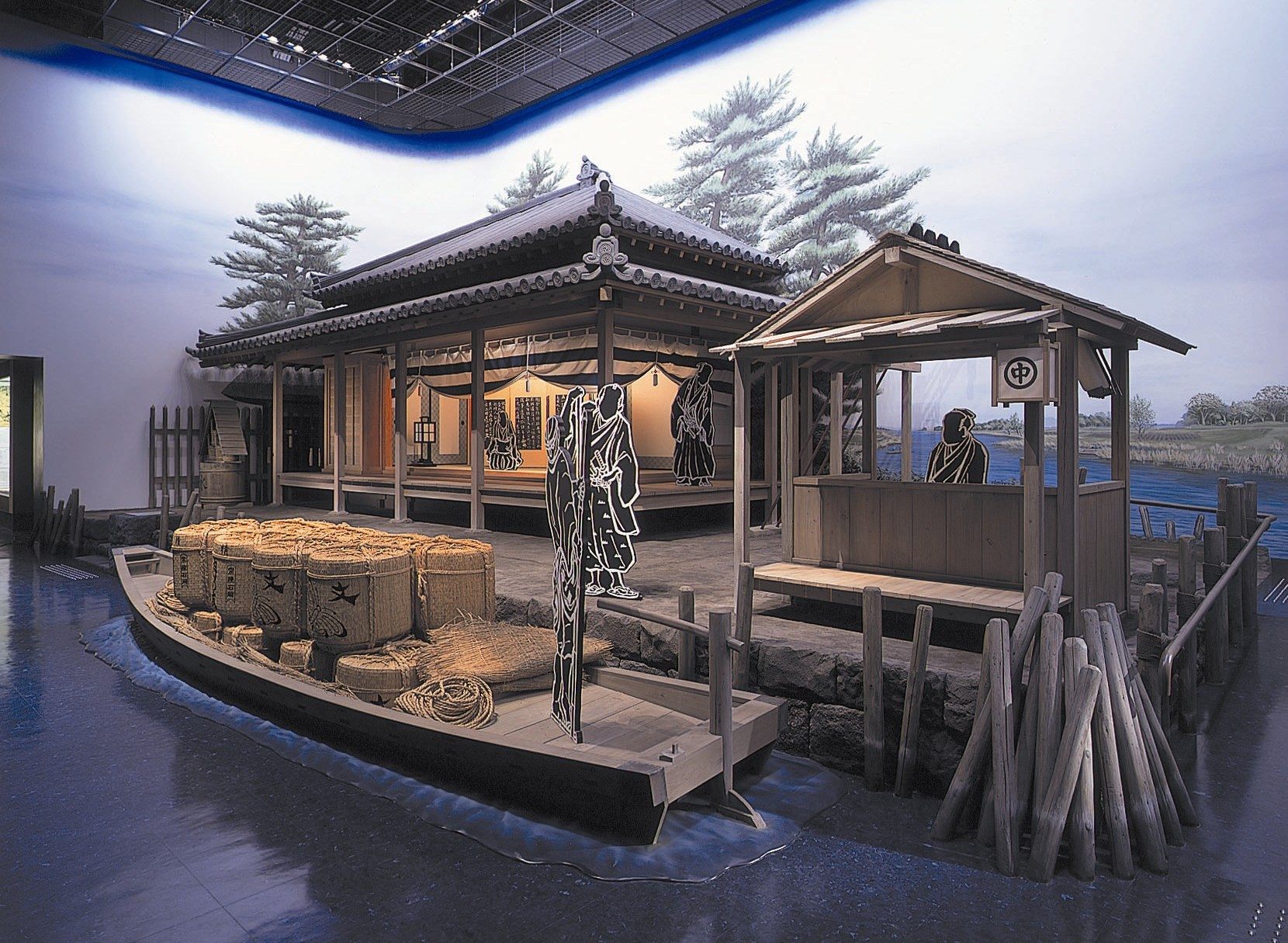Verified
[Verified] denotes information that has been published with confirmation of its owing parties.
Edogawa-ku Nakagawa Funabansho Museum
Nakagawa Funabansho, the key to the water transportation system that supported the city of Edo, is being realistically reproduced with dioramas, sound and lighting.
The main exhibit is the diorama of the Nakagawa Bansho, which was created based on information from the 1800s - the latter half of the Edo period. The Nakagawa Bansho was one of the 53 checkpoints that existed throughout Japan during the Edo period.
The Nakagawa Bansho was set up as the last checkpoint before entering the city of Edo by riverboat, responsible for inspecting luggage and people. It was a guard station set up at a place where wide rivers crossed, like an expressway junction.
The exhibition room walls depict the scenery of those days surrounded by the rivers. You can feel the flow of a day from morning to night in about 7 minutes with sound and light effects. The sound of birds chirping and rowing a boat can be heard faintly, creating a realistic and enjoyable experience. There is also an observatory on the 3rd floor to invite you to the current panoramic view of the river. Visitors like looking at the diorama and the present scenery that connect the past and the present. The 2nd floor hosts the Showa period local history room with a section on ordinary life of Japanese people from 1955 to 1974. It brings a sense of "nostalgia" to those who know the period.
The museum distributes free pamphlets in English for foreign tourists. It also has audio guides for the exhibits that can be used by reading the QR codes on their own smartphones. English-speaking guides are available on Saturdays/Sundays by reservation. Contact them for details.
Highlights
-
Nakagawa Bansho diorama, one of the Edo-period checking stations, is a highlight.
-
The scenery around Nakagawa Bansho in those days is depicted all over the walls to present the flow of a day with sound and light.
-
Historical materials related to Nakagawa Bansho are on display.
-
There is a section on life in the Showa period, around 1955-1974.











